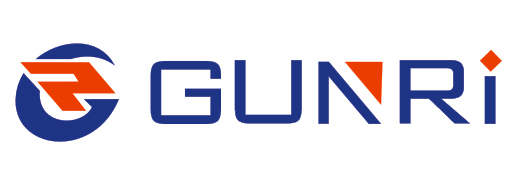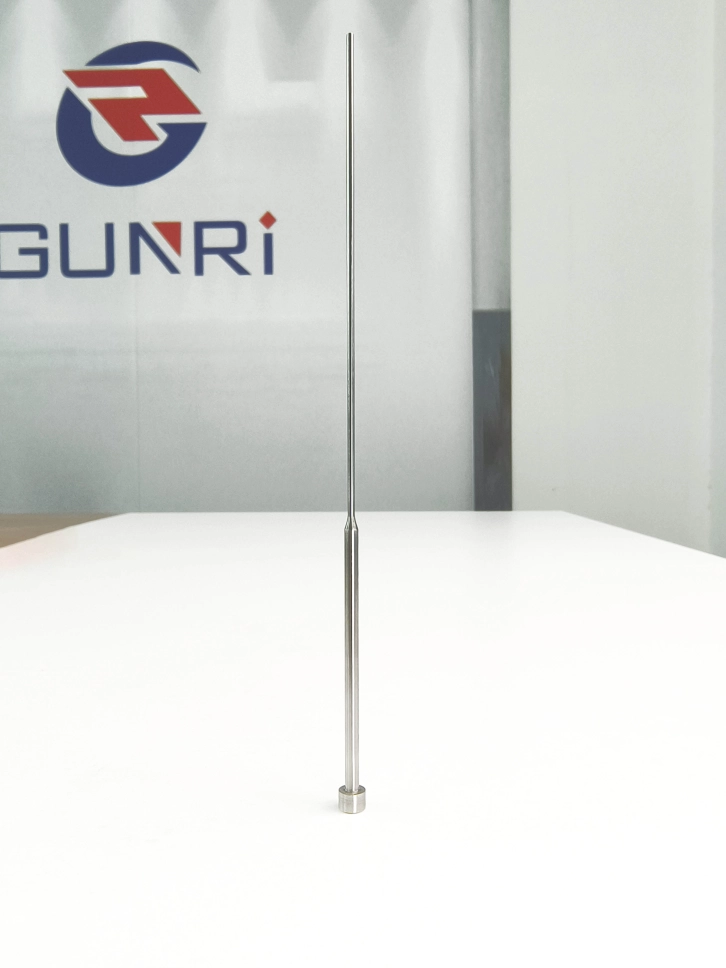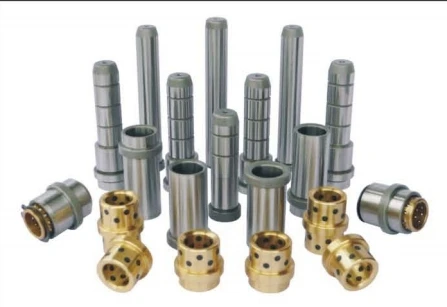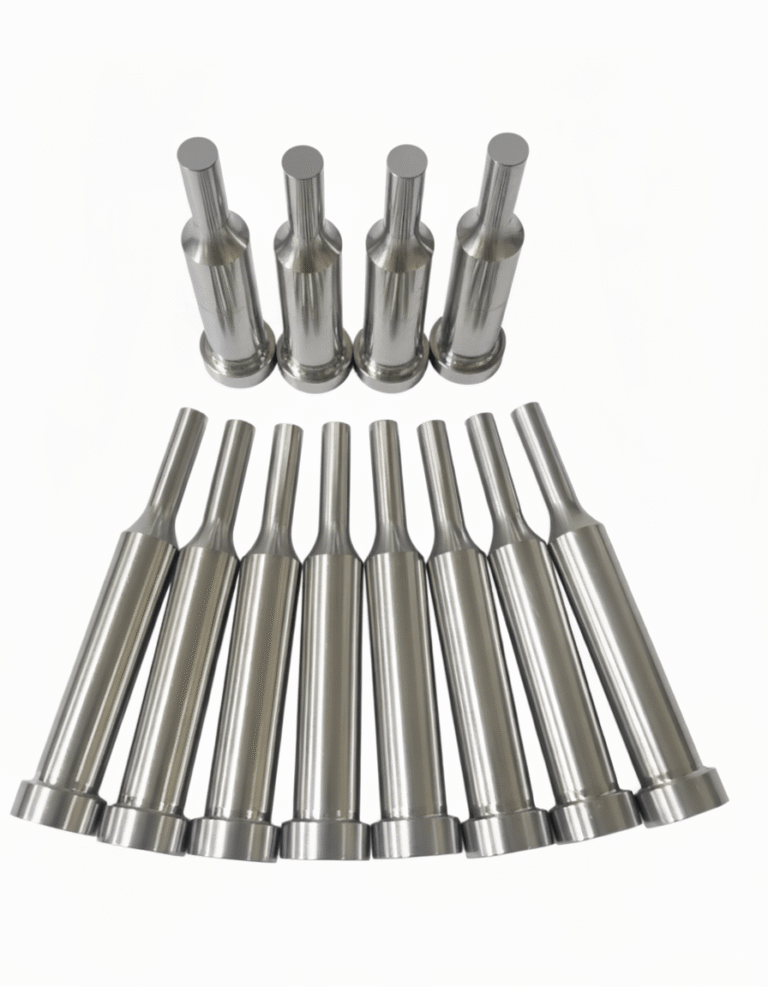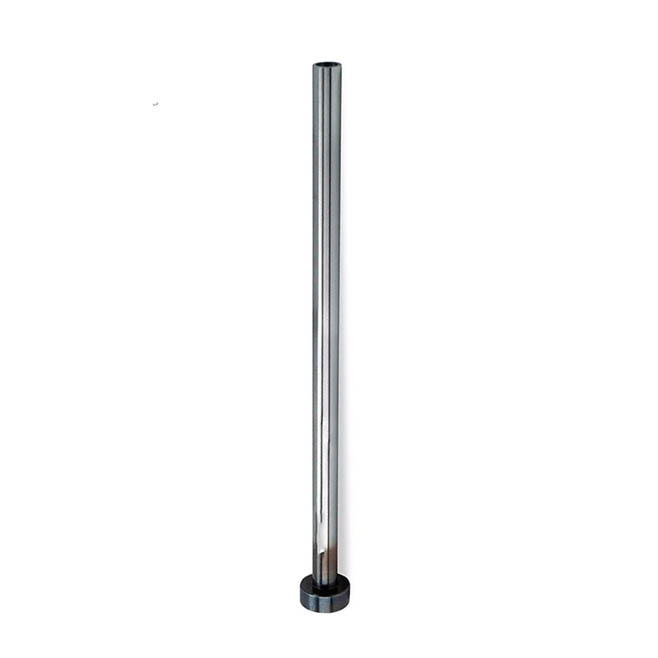Unlocking Precision and Durability: The Impact of Cryogenic Processing on Guide Posts and Bushings
In recent years, advanced manufacturing technologies have revolutionized the precision engineering industry. One such innovation is the integration of cryogenic processing—a cutting-edge technique that uses ultra-low temperatures (as low as -190°C) to enhance the performance of metal components. At our company, we recently adopted this technology, housed in a refrigerator-like cryogenic chamber, to transform the production of guide posts and bushings. Below, we explore how this technology elevates the quality of these critical components and the tangible benefits it delivers to our clients.

How Cryogenic Processing Enhances Guide Posts and Bushings
Guide posts and bushings are foundational elements in machinery, ensuring smooth linear motion, alignment, and load-bearing in applications ranging from automotive assembly to CNC machining. However, their longevity and dimensional stability often face challenges such as wear, thermal expansion, and microstructural fatigue. Cryogenic processing addresses these issues through three key mechanisms:
- Material Microstructure Optimization
At -190°C, residual stresses in the metal are relieved, and the crystalline structure of the material (e.g., tool steel or stainless steel) becomes more uniform. This process, known as “deep cryogenic treatment,” refines grain boundaries, enhancing hardness and reducing friction. As a result, guide posts and bushings gain superior wear resistance, extending their operational lifespan by up to 300% in high-stress environments. - Dimensional Stability
Traditional machining can introduce micro-cracks or residual stresses that lead to warping over time. Cryogenic processing eliminates these imperfections, ensuring parts maintain tight tolerances (±0.005mm or better) even under thermal cycling. This stability is critical for precision applications where even micron-level deviations can compromise product quality. - Reduced Friction and Heat Buildup
The process creates a harder, smoother surface finish, lowering friction coefficients between moving parts. This reduces heat generation during operation, further mitigating wear and energy consumption.
Benefits for Our Clients: Beyond Performance
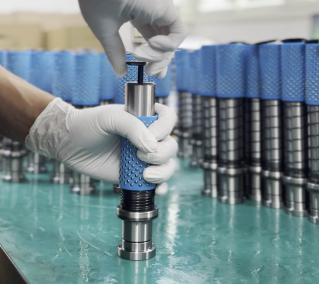
By integrating cryogenically treated guide posts and bushings into their machinery, clients gain more than just longer-lasting components—they unlock operational excellence:
- Cost Savings Through Extended Lifespan
Reduced wear means fewer replacements and lower maintenance costs. For industries like automotive or aerospace, where downtime is costly, this translates to up to 50% savings in lifecycle expenses. - Improved Production Efficiency
Consistent dimensional stability ensures seamless integration into high-speed automated systems. Clients experience fewer production halts due to part failures, boosting overall throughput. - Enhanced Reliability in Extreme Conditions
Cryogenically treated components excel in harsh environments (e.g., high-temperature or corrosive settings), making them ideal for sectors like oil and gas or heavy machinery manufacturing. - Sustainability Advantage
Longer-lasting parts reduce material waste and energy consumption, aligning with global sustainability goals.
Conclusion
Cryogenic processing is no longer a niche technology—it’s a game-changer for precision engineering. By investing in this innovation, we’ve redefined the quality standards for guide posts and bushings, delivering solutions that exceed client expectations in durability, precision, and cost-effectiveness. For our customers, this means not only a competitive edge in their industries but also a commitment to future-proofing their operations through advanced manufacturing.
As we continue to explore the potential of cryogenic technology, we remain dedicated to shaping the future of precision engineering—one component at a time.
